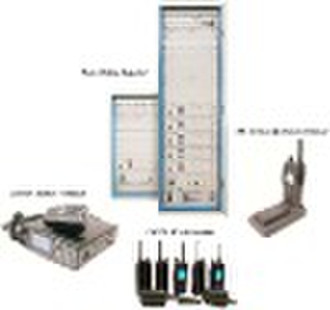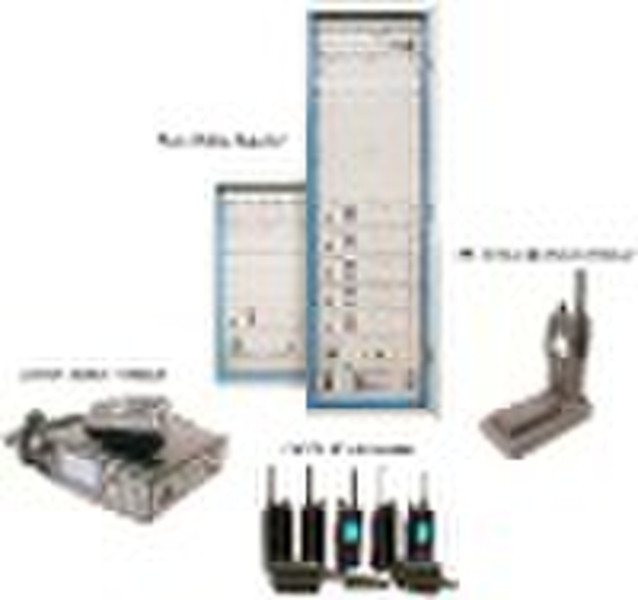Katalog
-
Katalog
- Auto & Motorrad
- Bauwesen und Immobilien
- Bekleidung
- Büro- und Schulartikel
- Chemikalien
- Dienstleistungen für Unternehmen
- Eisenwaren
- Elektrische Geräte & Zubehöre
- Elektronische Bauteile
- Energie
- Galanteriewaren
- Geschenke und Kunsthandwerke
- Gesundheit und Medizin
- Gummi und Kunststoffe
- Haus und Garten
- Haushaltsgeräte
- Koffer, Taschen & Hüllen
- Landwirtschaft
- Lebensmittel und Getränke
- Licht und Beleuchtung
- Maschinen, Geräte und Werkzeuge
- Maschinenteile und Herstellung Dienstleistungen
- Messapparat und Analysegerät
- Mineralien und Metallurgie
- Möbel
- Schuhe und Accessoires
- Schönheit und Körperpflege
- Service Geräte und -Ausstattung
- Sicherheit und Schutz
- Spielzeuge und Hobbys
- Sport und Unterhaltung
- Telekommunikations
- Textil und Lederware
- Transport
- Uhren, Schmuck, Brillen
- Umweltschutz
- Unterhaltungselektronik
- Verpacken und Drucken
- Werkzeuge
- Überschüssiger Warenbestand, Lager
Filters
Search
TETRA-System der 2. Generation

Hongying Lu
Kontaktperson
Basisdaten
| Ort der Herkunft | Tianjin China (Mainland) |
|---|---|
| Marke | 712 |
| Modell-Nummer | NEBULA |
Nebula TETRA System — Site Base Station(SBS)(2nd generation TETRA infrastructure based on Ethernet/IP )INTRODUCTION: The SBS are the racks housed in the coverage locations. These elements are inter-united according to the chosen topology to give coverage to a specified surface. Within the SBSs and as fundamental site elements, are the TETRA carriers or BSRs (Base Station Repeaters).The TETRA carriers communicate with the node and again with the SNI elements, located this time in the SBSs. The presence of the SYNC cards is necessary to cover the installation of an SBS since they provide the frame synchronism necessary for inter-site calls.As described in the SCN, communication between different modules which make up an SBS is made in the same way, by means of Ethernet LAN networks. For this, each one of the SBSs also has an MNI rack in which the Ethernet SWITCH is housed, which allows these communications. TETRA-Portfolio We offers a full range of mobile, portable, and dispatcher radio terminals for voice and data transmision, as well as professional solutions based on TETRA technology. Services supportedMobility managementRegistration/De-registrationCell reselection (handover)Security class 3Authentication (terminal and mutual)Air Interface Encryption DCK.Protocols TEA1,TEA2 & TEA3Over the air rekeying OTAR. Enable/DisableE2EE, including Line Dispatcher or Telephone GatewayVoice servicesIndividual /Group, Semiduplex/Duplex, PABX/PSTNNormal/Priority/EmergencyMultiple group managementMain supplementary servicesDynamic Group Number Assignment (DGNA)Late Entry(LE)Ambience Listening (AL)Calling Line Identification (CLI)Talking Party Identification (TPI)Priority Call (PC)Preemptive Priority Call (PPC)Call Retention (CR)Barring of Outgoing Calls (BOC)Barring of Incoming Calls (BIC)Data servicesStatus to individual or group addressSDS (type 1,2,3 & 4) to individual or group address (with or without TL)Simultaneous Status & SDS data on a voice call SCCH Secondary Control ChannelCircuit Mode DataPacket Mode DataMain Technical FeaturesAvailable LinksSynchronous: -E1(G703/G704), V35, ISDN BRI(S/T), G703 codirectionalAsynchronous: -Level 2: VLAN, WLAN, WIMAX. -Level 3: Low level Routers with IRB or L2TP (CISCO routers from 1700)Frequency BandsRX/TX: 350-370, 380-400, 410-430, 450-470 MHz (full band switching)RX: 806-825 MHz/TX: 851-870 MHzProcessorsCNC&NMS server: Compact PClOther boards: RISC 32 bits (50 MIPS)Transmitter (100% duty cycle)Transmitted power: 40 W (46 dBm). Control from 0,6 to 40W in 2db steps [32 W for the 350-370 MHz band]Current consumption per carrier: 200WReceiverReceiver Class A. Diversity 2 and 3Typical Static/dynamic sensitivity:-117,5/-108,5 dBmInternal SynchronisationInternal OCXO. Frequency accuracy: 0,2 ppm (11 years maintenance free)GatewaysPABX/PSTN telephone3rd PARTY PORTAL. Enables connection of 3rd party applicationsEnables voice, status, SDS and packet dataSMS to GSMVoIP for Line DispatcherVoIP for Voice RecorderRemote maintenance Gateway
Lieferbedingungen und Verpackung
Packaging Detail: Suitable package size for your order Delivery Detail: 30 days
Hafen: Tianjin
Zahlungsbedingungen
Letter of credit
Telegraphic transfer
-
Zahlungsarten
Wir akzeptieren:









